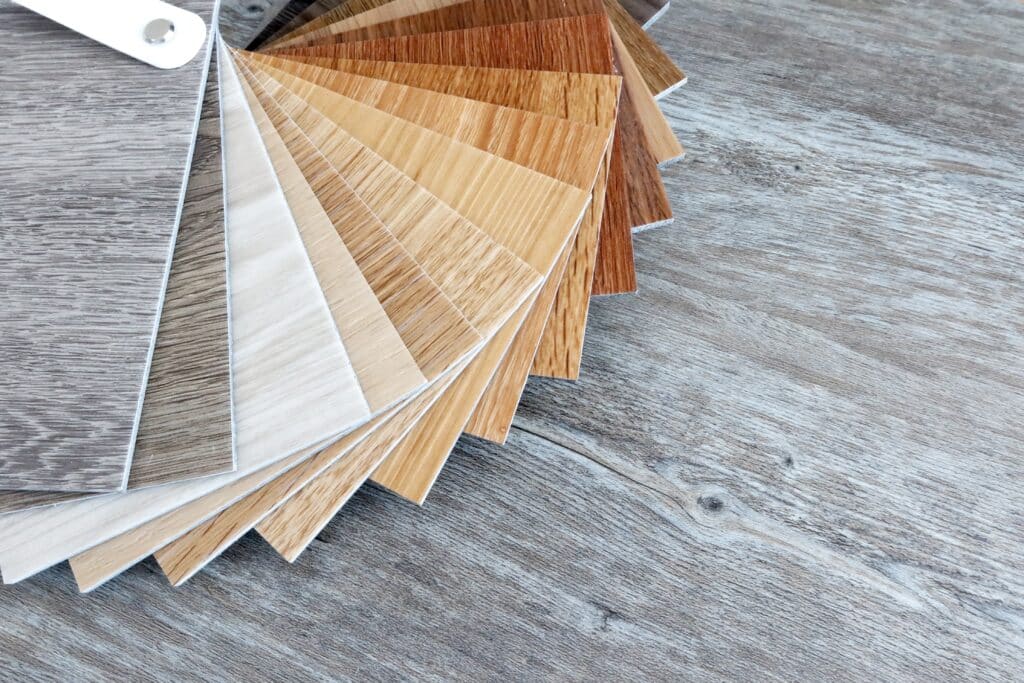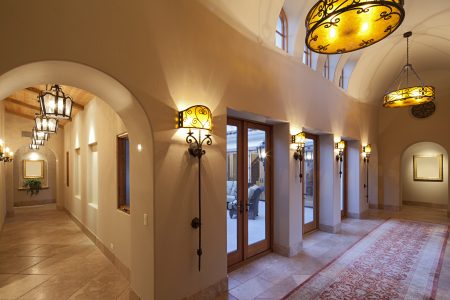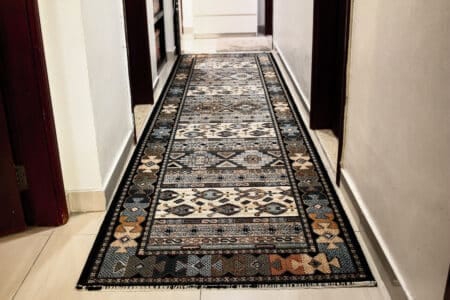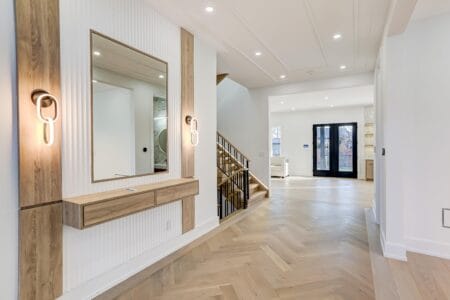The Importance of Direction in Hallway Vinyl Plank Flooring
When it comes to installing vinyl plank flooring in a hallway, the direction you choose can make or break the overall aesthetic of your space. It’s not just a matter of preference; the direction significantly influences how the hallway feels, looks, and even how it functions.
Directionality in flooring is about more than just placing planks down—it’s about guiding the eye, creating flow, and setting the tone for the rest of your home. In hallways, where space is often limited, this choice becomes even more critical, as it can enhance or diminish the sense of space and continuity.
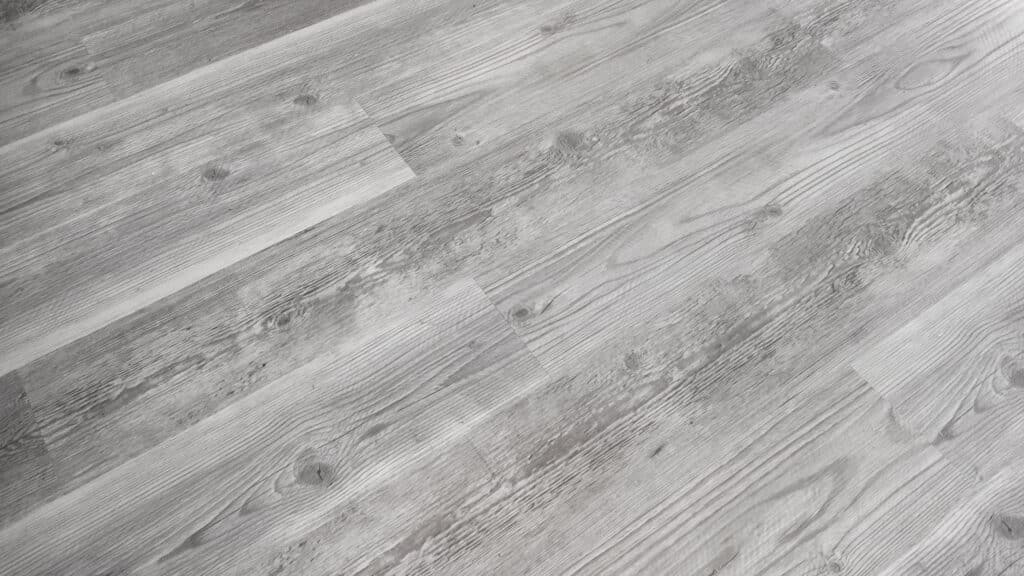
Visual Impact: How Direction Influences Perception of Space
The direction in which you lay your vinyl plank flooring planks has a profound effect on the visual perception of the hallway. Running the planks lengthwise along the corridor elongates the space, creating a visual pathway that draws the eye forward, making the hallway appear longer and more expansive.
On the other hand, laying the planks widthwise can create a broader, more cohesive feel, which might be preferable in wider hallways. The decision ultimately shapes how large or small, narrow or wide the hallway feels, turning an ordinary passage into an extraordinary design element.
Flow: Aligning Flooring with Hallway Traffic
Hallways are high-traffic areas, and the direction of the flooring should facilitate natural movement through the space. Flooring that aligns with the primary direction of travel ensures a smoother, more intuitive flow.
This alignment not only makes the hallway more functional but also contributes to a sense of ease and comfort.
When the vinyl plank flooring direction opposes the natural traffic flow, it can create a disjointed feeling, interrupting the natural rhythm of the space and potentially leading to increased wear in certain areas.
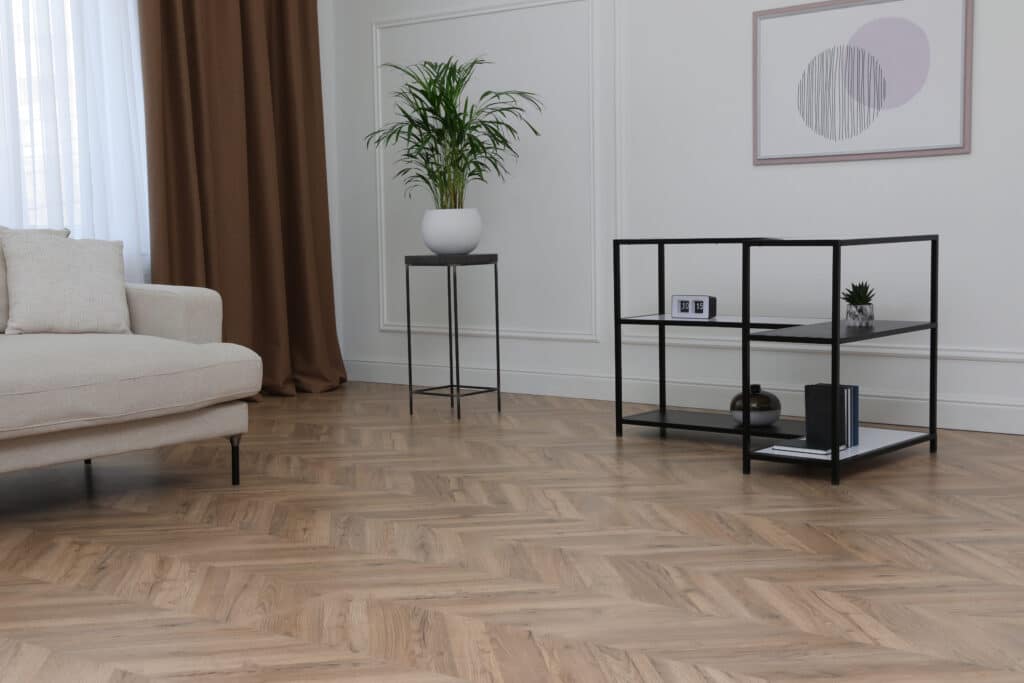
Long vs. Wide: Deciding Between Lengthwise and Widthwise Installation
The decision to install vinyl plank flooring lengthwise or widthwise hinges on the specific characteristics of your hallway. Lengthwise installation is ideal for narrow hallways, as it enhances the length and creates a streamlined, cohesive look.
This approach works particularly well in long, straight hallways, reinforcing the direction and making the space feel larger. Widthwise installation, however, can work wonders in a shorter or wider hallway, creating a more balanced and spacious feel. This method emphasizes the width, making the space feel more open and inviting.
Creating a Seamless Transition: Matching Flooring Direction with Adjoining Rooms
A crucial consideration when deciding on the direction of vinyl plank flooring in a hallway is how it transitions into adjoining rooms. The goal is to create a seamless flow from one space to another, avoiding jarring changes in direction that can disrupt the visual continuity of your home.
If your hallway opens into a room where the flooring runs in a specific direction, it’s often best to continue in that direction into the hallway. This unifies the spaces, making them feel connected and cohesive rather than disjointed.
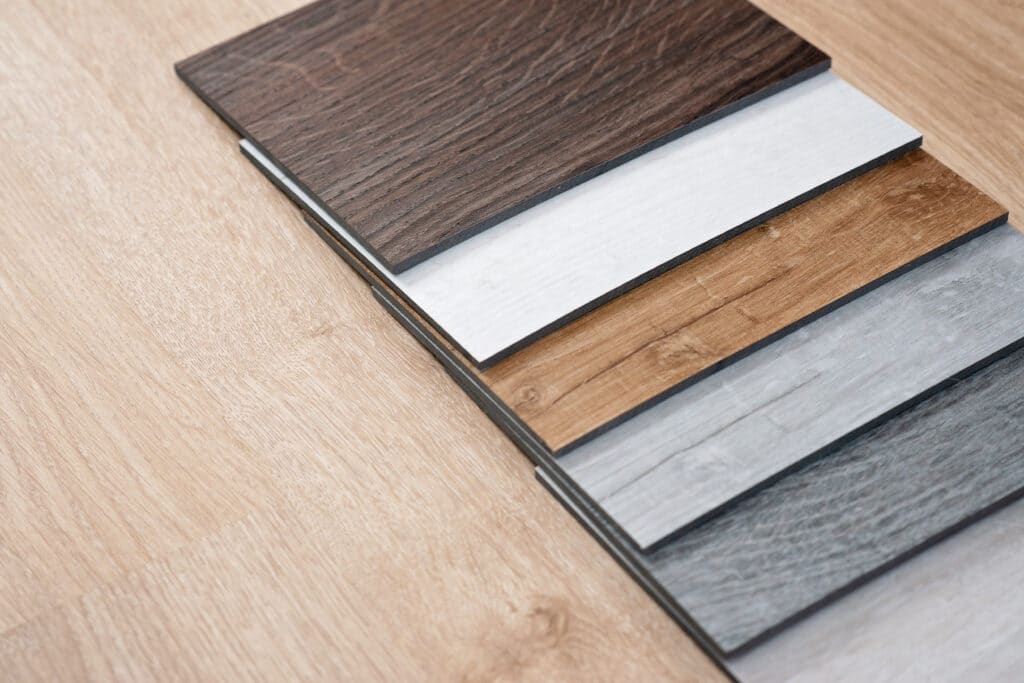
Lighting Considerations: How Natural and Artificial Light Affect Floor Direction
Lighting plays a pivotal role in how your vinyl plank flooring looks once installed. Natural light, particularly if it streams in from windows at one end of the hallway, can highlight the direction of the planks, enhancing their texture and color. Installing planks parallel to the light source often results in a more flattering appearance, as it accentuates the natural grain and pattern of the vinyl.
Artificial lighting, whether overhead or from wall fixtures, should also be considered; the way shadows fall on the flooring can either enhance or detract from the visual appeal, depending on the direction chosen.
Maximizing Space: Tricks to Make a Narrow Hallway Feel Wider
In narrow hallways, the direction of your flooring can be a game-changer. Running vinyl planks lengthwise may elongate the space, but if you’re looking to make a narrow hallway feel wider, consider laying the planks widthwise.
This creates a broader visual field, making the hallway appear less tunnel-like and more open. Additionally, choosing lighter-colored planks with subtle patterns can further enhance this effect, reflecting light and adding a sense of airiness to the space.
Breaking the Rules: When to Consider a Diagonal or Herringbone Pattern
While most vinyl plank flooring is installed in straight lines, sometimes breaking the rules can lead to stunning results. Diagonal installation adds a dynamic twist, drawing the eye across the space in unexpected ways, which can make a hallway feel both wider and longer. A herringbone pattern, though more complex to install, brings an elegant, timeless appeal to a hallway.
This pattern creates movement and texture, transforming a simple hallway into a statement area. However, these options require more planning and precise installation, so they’re best considered if you’re looking for something truly unique.
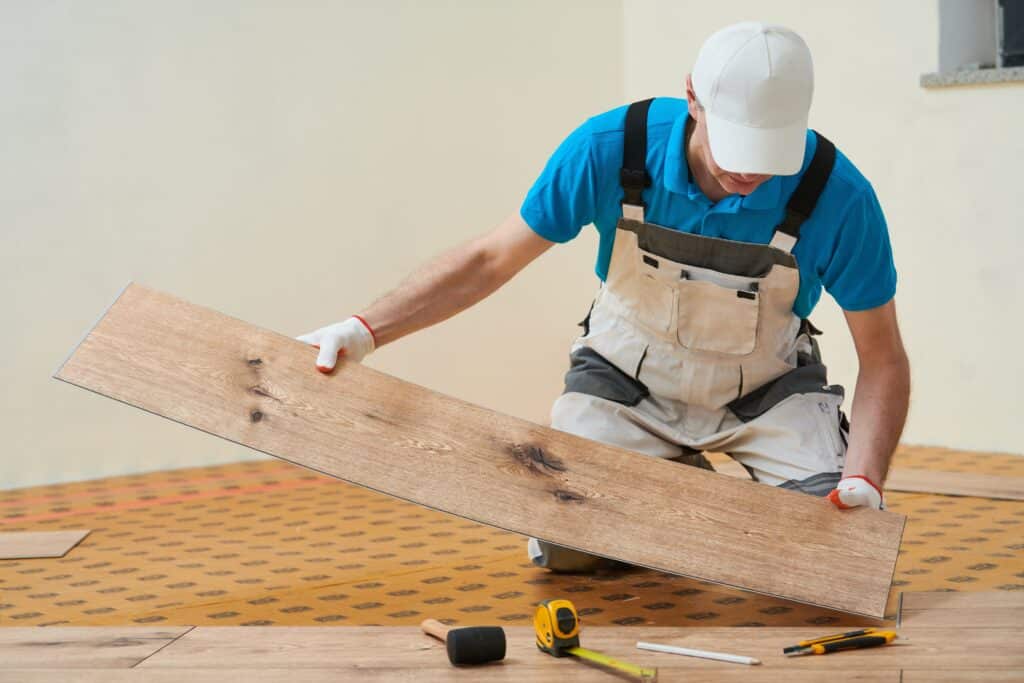
Installation Tips: Ensuring a Professional Finish Regardless of Direction
No matter which direction you choose, the quality of the installation will significantly impact the final look of your hallway. Start by ensuring the subfloor is perfectly level, as any imperfections can become glaringly obvious once the planks are laid.
Use spacers to maintain consistent gaps for expansion, and stagger the planks to avoid unsightly seams lining up. Take your time with cuts, especially around doorways and corners, to achieve a precise fit.
A professional finish isn’t just about the direction—it’s about attention to detail throughout the process.
Common Mistakes to Avoid When Installing Vinyl Plank Flooring in Hallways
Even with the best intentions, mistakes can happen during installation. One common error is failing to consider the layout of the entire space, leading to awkward transitions between rooms.
Another mistake is not accounting for light sources, which can result in shadows and highlights that make the flooring look uneven or mismatched. Rushing the installation, especially in tricky areas like around doorways or transitions, can also lead to a less-than-professional finish.
By taking the time to plan carefully and paying attention to these potential pitfalls, you can ensure a beautiful, long-lasting result.
Conclusion: Choosing the Best Direction for Your Hallway’s Vinyl Plank Flooring
Choosing the right direction for your vinyl plank flooring in a hallway is a decision that combines both aesthetic and practical considerations. It’s about enhancing the space, guiding movement, and creating a seamless flow that ties your home together.
Whether you opt for a lengthwise, widthwise, diagonal, or herringbone pattern, the key is to plan carefully, consider all the factors, and execute with precision. With the right approach, your hallway can become more than just a passage—it can be a stylish, integral part of your home’s overall design.
